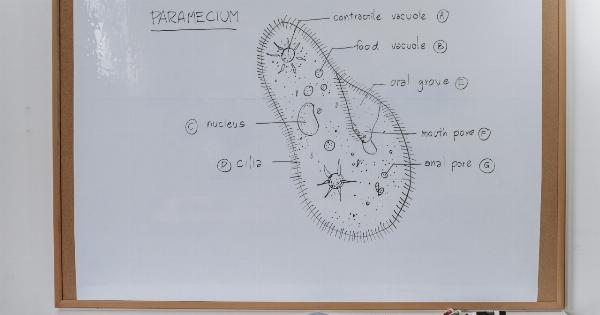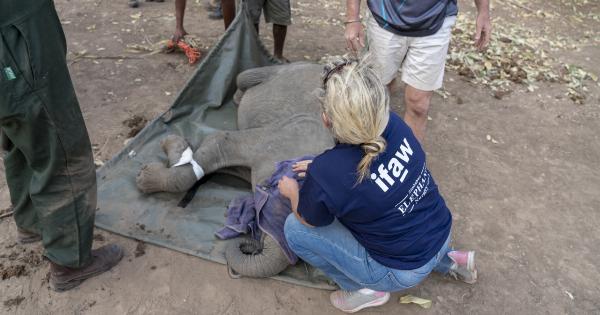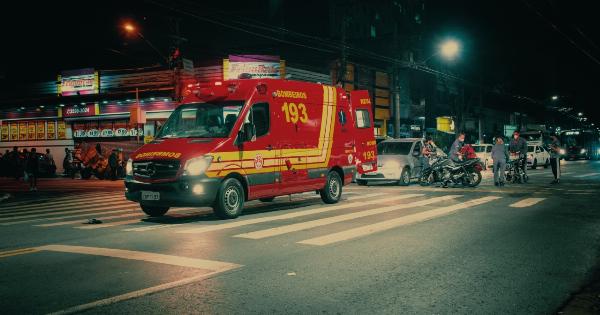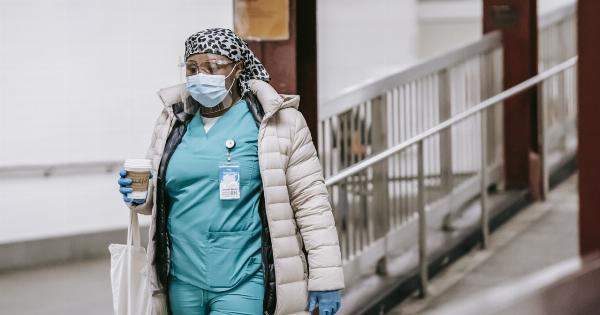When a community or a region is struck by a natural or man-made disaster, the impacts can be devastating. From hurricanes and earthquakes to fires and floods, these events leave a trail of destruction in their wake.
However, what sets humanity apart is the resilience and determination to rebuild and recover from such catastrophic events. This article explores the process of rebuilding after a disaster, highlighting the challenges faced, the strategies employed, and the lessons learned along the way.
The Immediate Aftermath: Assessing the Damage
Once the disaster subsides, the immediate focus of authorities and relief organizations is to assess the scale of the damage. This involves evaluating the impact on infrastructure, housing, public services, and the environment.
Rapid assessment teams deploy to affected areas to gather data and determine the resources required for the rebuilding phase.
Emergency Response and Relief Efforts
Emergency response teams play a crucial role in providing immediate assistance to those affected by the disaster. These teams include search and rescue personnel, medical professionals, and volunteers who provide shelter, food, and healthcare services.
Relief efforts also involve distributing necessary supplies such as water, blankets, and clothing to affected individuals and families.
Securing and Stabilizing the Area
Before the rebuilding process can commence, it is essential to secure and stabilize the affected area.
This includes ensuring the safety of the residents, repairing damaged infrastructure, and addressing any potential hazards that may hinder the reconstruction efforts. This phase often involves collaboration between various agencies and departments to restore essential services like power, water, and communication.
Creating a Comprehensive Rebuilding Plan
Once the damage has been assessed and the area is secure, a comprehensive rebuilding plan is developed.
This plan takes into account the long-term needs of the affected community and incorporates input from experts, stakeholders, and the residents themselves. The plan outlines the prioritization of tasks and allocates resources accordingly.
Building Back Better: Incorporating Resilience
One of the key lessons learned from past disasters is the importance of building back better. This concept emphasizes the need to incorporate resilience measures into the rebuilding process to mitigate the impact of future disasters.
This includes designing or retrofitting structures to withstand potential hazards, implementing early warning systems, improving evacuation routes, and enhancing community preparedness.
Engaging the Community
Engaging the affected community throughout the rebuilding process is vital for a successful recovery. This involvement fosters a sense of ownership and ensures that the needs and aspirations of the residents are taken into account.
Community meetings, workshops, and surveys are conducted to gather input and incorporate it into the rebuilding plan. This participatory approach fosters a stronger sense of community and empowers individuals to actively contribute to the recovery effort.
Securing Funding and Resources
Rebuilding efforts require substantial funding and resources. Governments, international organizations, and NGOs play a crucial role in providing financial assistance and coordinating the allocation of resources.
Fundraising events, grants, and loans are essential in securing the necessary funds for the long-term recovery and rebuilding process.
Addressing Social and Emotional Needs
Disasters not only cause physical damage but also have significant psychological and emotional impacts on the affected individuals.
It is essential to address these needs throughout the recovery process by providing access to mental health services, counseling, and support groups. This ensures that the community heals not just physically but mentally as well.
Monitoring and Evaluation
Monitoring and evaluating the progress of the rebuilding efforts is crucial to ensure the effectiveness and efficiency of the process.
Various metrics are used to track the restoration of infrastructure, the reestablishment of public services, and the overall recovery of the community. Regular assessments help identify areas that require further attention and modify the rebuilding plan accordingly.
Learning from the Experience
Every disaster serves as a learning opportunity for communities and authorities involved in the recovery process.
Analyzing the response and recovery efforts helps identify strengths and weaknesses, enabling improvements to be made in future disaster management practices. The lessons learned from one disaster can greatly enhance preparedness and resilience in the face of future challenges.
Conclusion
Rebuilding after a disaster is a complex and demanding process that requires collaboration, resilience, and dedication.
By assessing the damage, providing immediate relief, securing the area, creating a comprehensive plan, incorporating resilience measures, engaging the community, securing funding, addressing social and emotional needs, monitoring progress, and learning from the experience, communities can rise from the ashes and rebuild stronger than before. Through this collective effort, we can prove that even in the face of unimaginable devastation, hope and progress can emerge.































